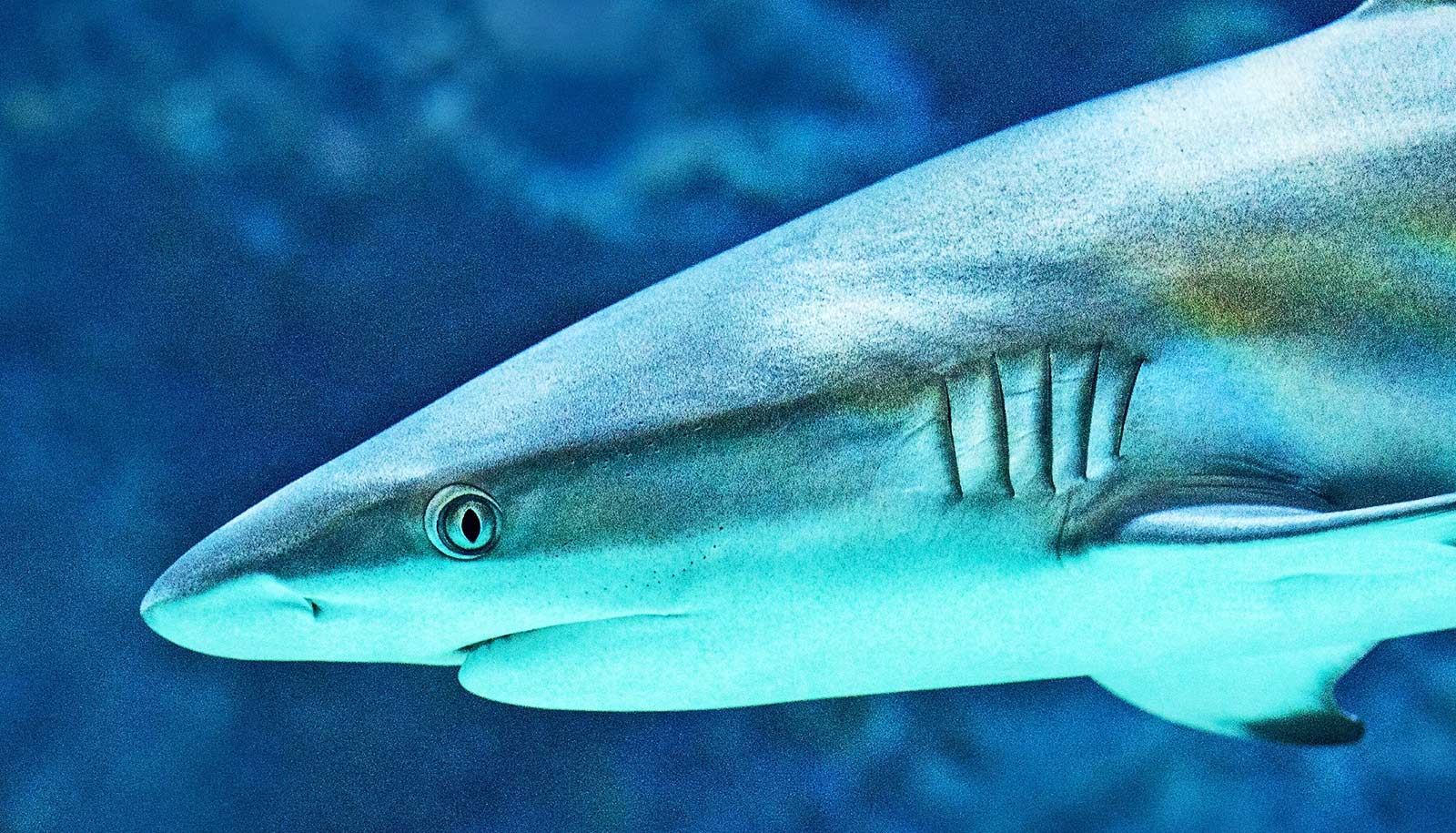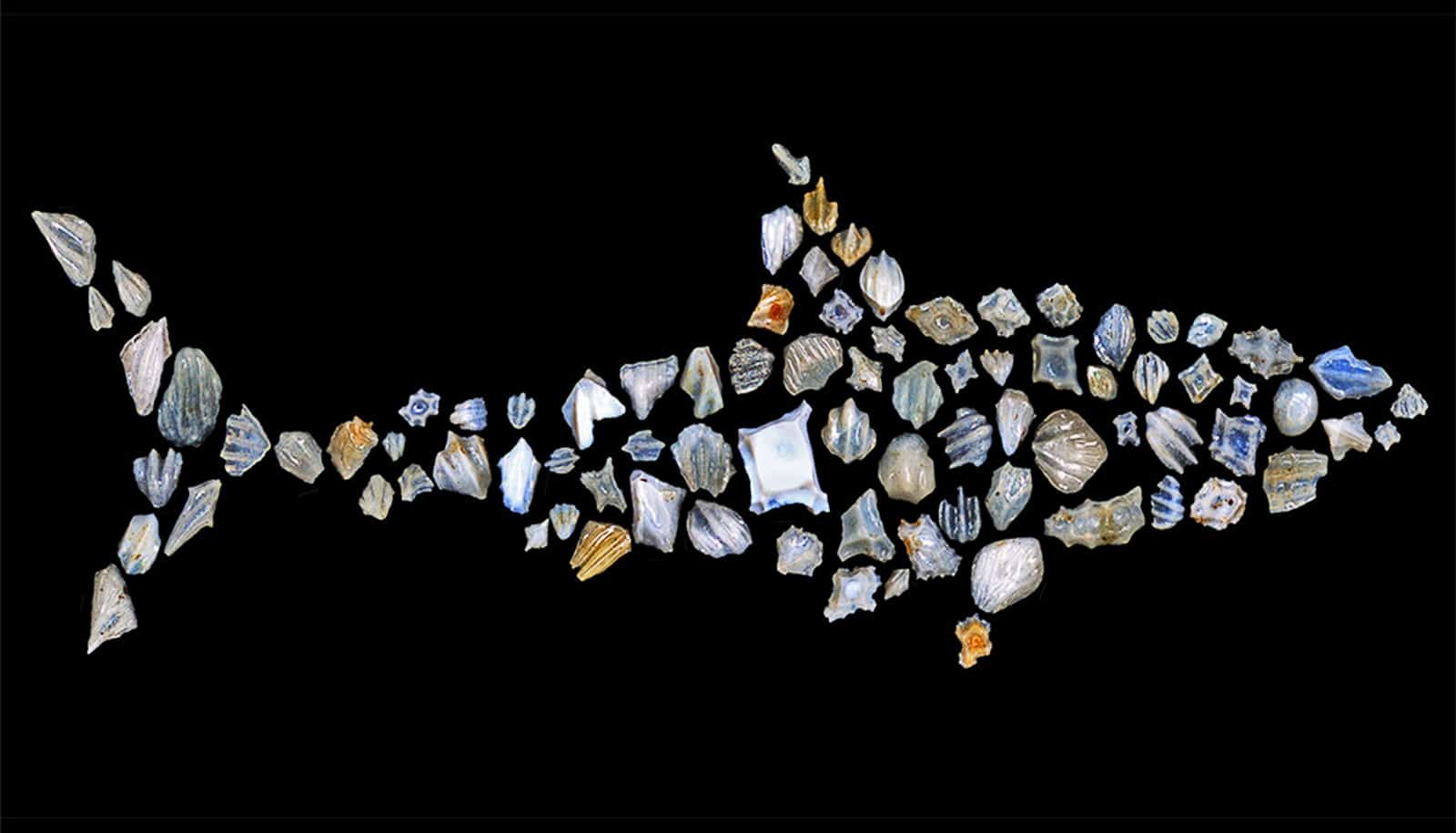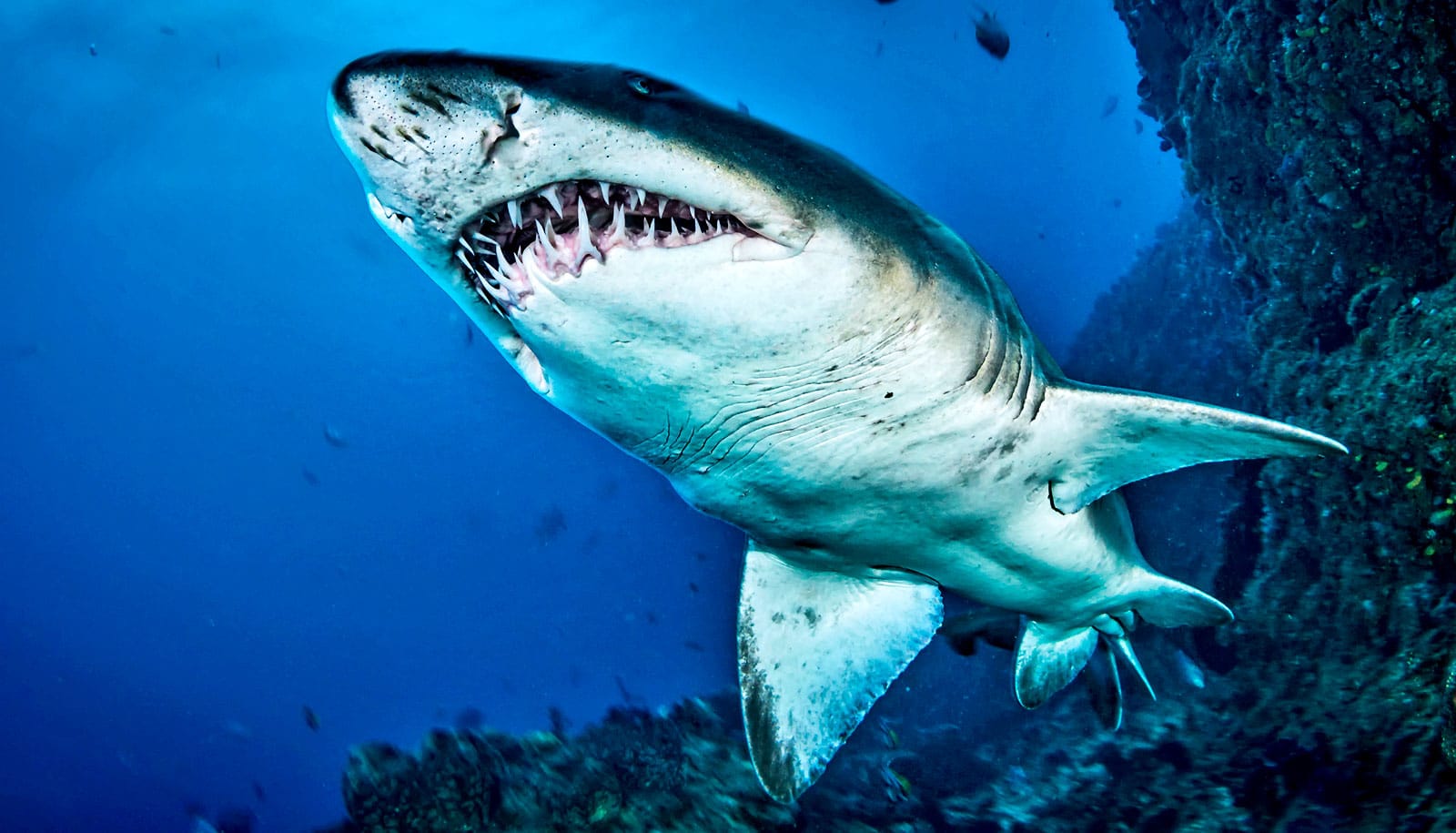After watching positive videos about sharks, more people shifted blame for shark bites away from the animals, a new study finds.
The researchers also found greater support on average for non-lethal strategies for responding to incidents in which a shark has bitten someone.
“We found that positive social media could help make the general public less likely to blame sharks for negative interactions, and more supportive of pro-conservation responses to problems that occur,” says coauthor Nils Peterson, a professor in the Fisheries, Wildlife and Conservation Biology program at North Carolina State University.
“Wildlife managers, conservationists, and biologists tasked with conserving these species can use this to build support for decisions beneficial to sharks,” Peterson says.
For the study in Frontiers in Communication, researchers surveyed 340 North Carolina residents before and after watching either a series of “positive” YouTube videos about sharks, or “negative” videos that portrayed sharks in scary contexts.
“We wanted to see how the positive use of social media might change baseline attitudes toward sharks, since the baseline is shaped by negative portrayals,” says lead author Will Casola, a former graduate student at NC State. “A group of social scientists has already coined the term the ‘Jaws Effect’ to describe how Jaws and other shark-related content has driven the narrative around these animals as violent killers.”
In the surveys, the researchers asked people to rate their fear of shark bites; to rate how intentional they think most shark bites are; and to list who they think is responsible when shark bites occur: sharks, swimmers, no one, the government, or other.
Before and after respondents watched the videos, the researchers also asked them about their support for either lethal or non-lethal response strategies to bites.
Non-lethal strategies included leaving sharks alone, educating the public, conducting more research to investigate human-shark interactions, or paying for new technologies to prevent bites. The lethal strategies included hunting sharks or using nets or baited drums. The researchers say these strategies can kill sharks because many species can’t breathe unless they’re moving through water.
“Theoretically, you could go out there on a frequent basis and unhook the sharks and move them elsewhere, but the most likely outcome from nets or baited drum lines is a dead animal, although it depends on the location and the species,” Peterson says.
After watching the positive videos, people were less likely to rate shark bites as intentional. More people shifted blame away from sharks, while more people blamed the swimmers.
“Rather than just blaming the shark, we saw people moving responsibility onto humans not to perform high-risk activities,” Casola says.
After subjects watched positive videos, the researchers also saw decreased support on average for all three lethal response measures, and higher support on average for three of five non-lethal strategies. Meanwhile, negative videos increased support for two of three lethal measures—hunting sharks and baited drum lines—and decreased support for two non-lethal measures.
In future work, the researchers want to explore how people’s attitudes about sharks and shark management strategies would shift after watching videos about them amid commercials, or spaced out over time. They also want to explore whether people’s attitudes are influenced by unconscious bias and education.
Source: NC State


